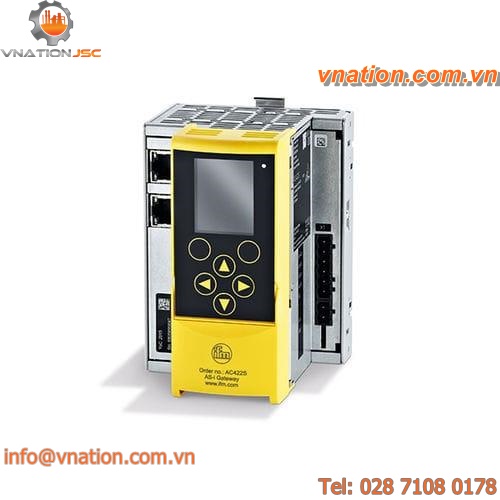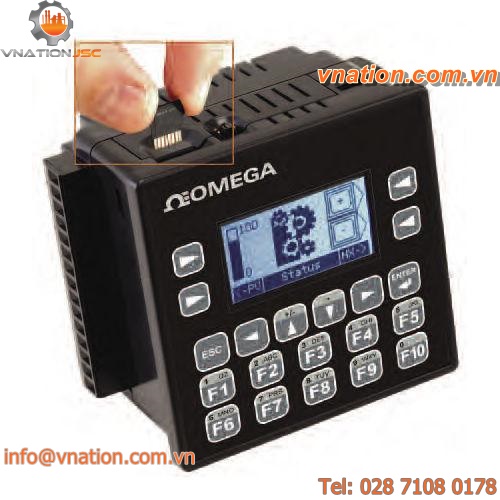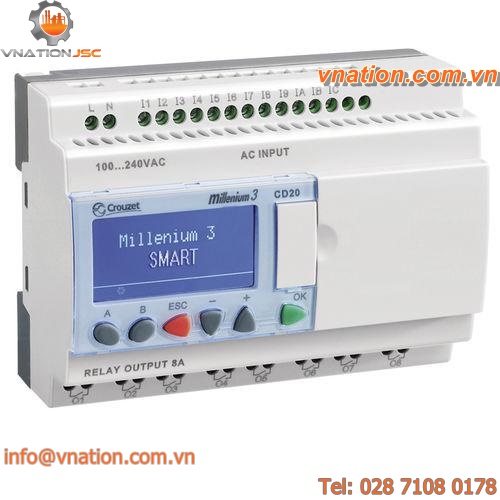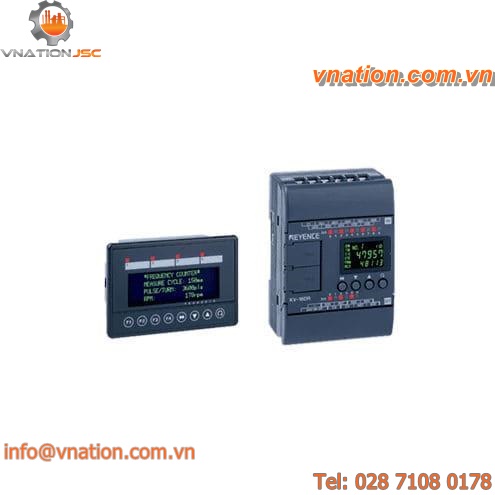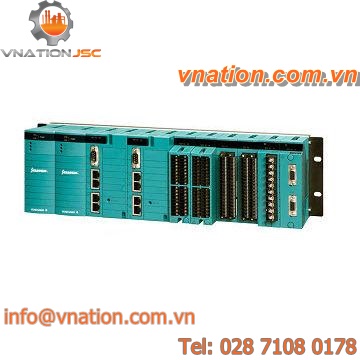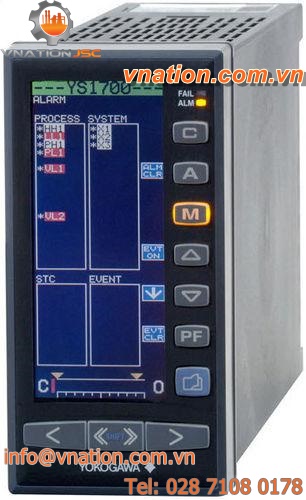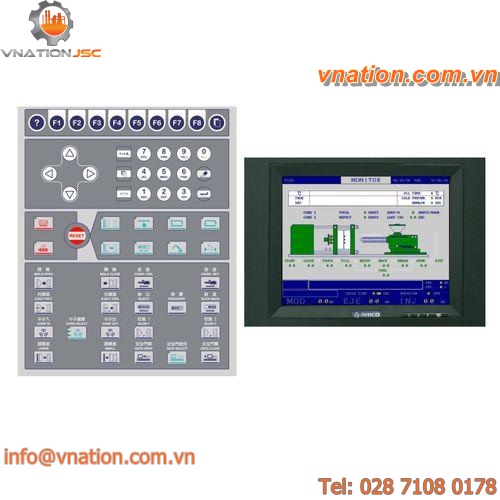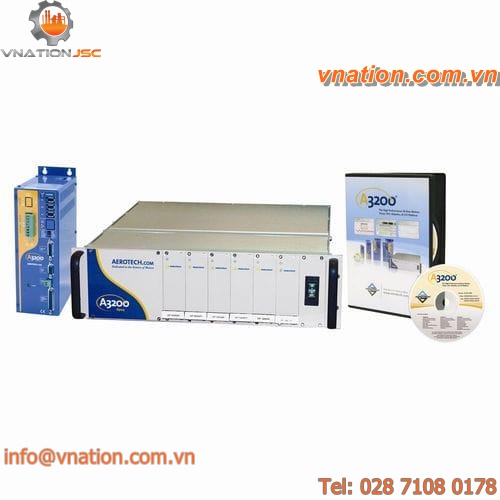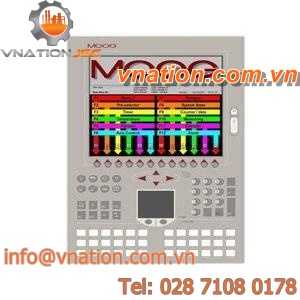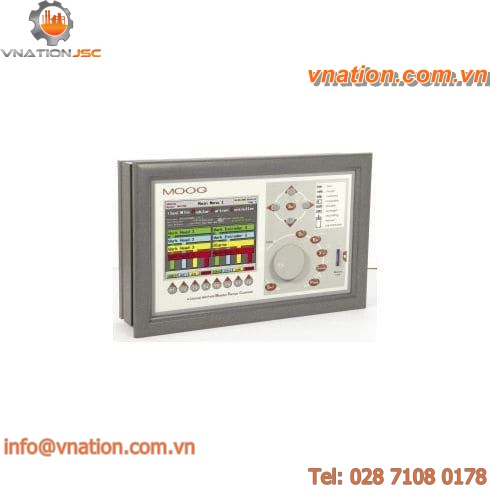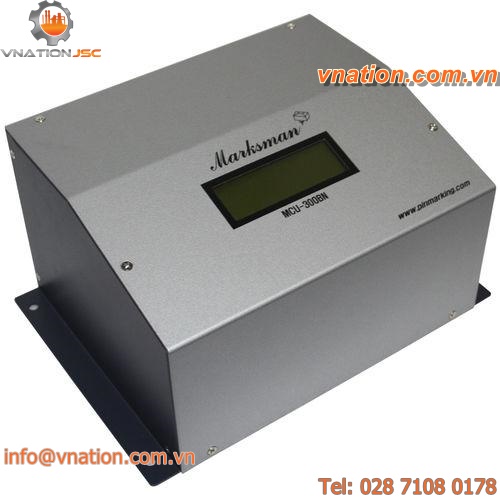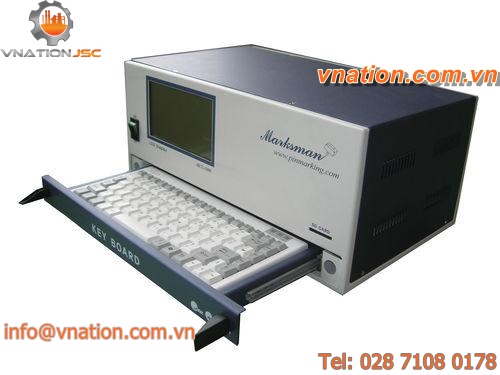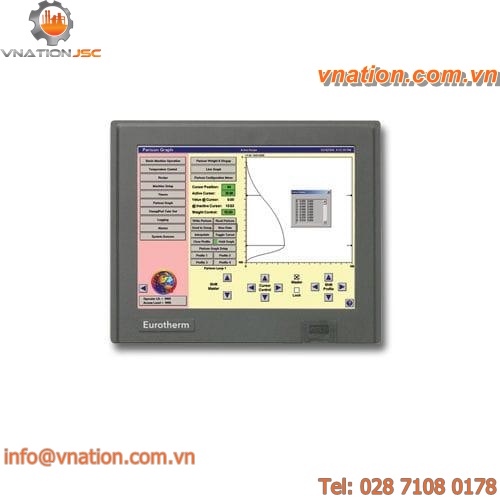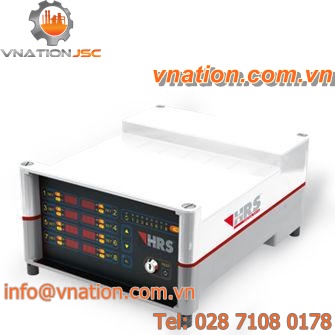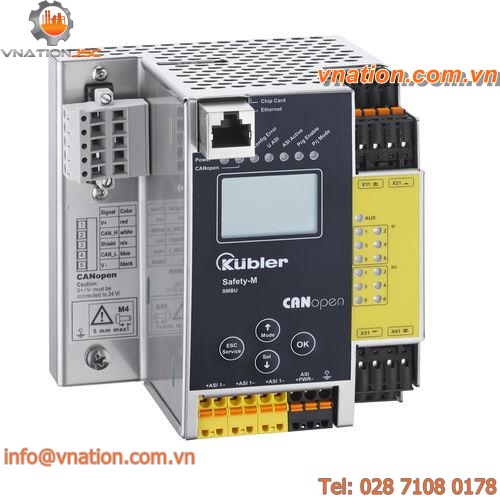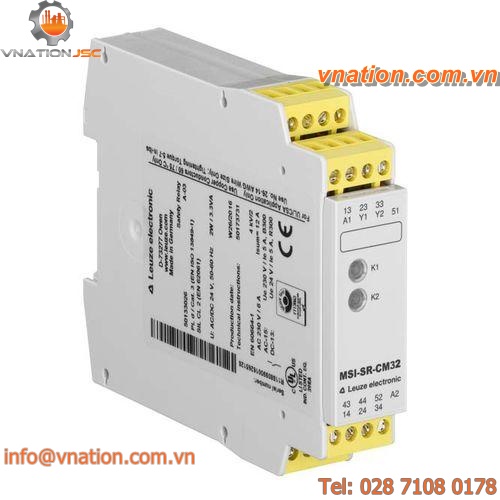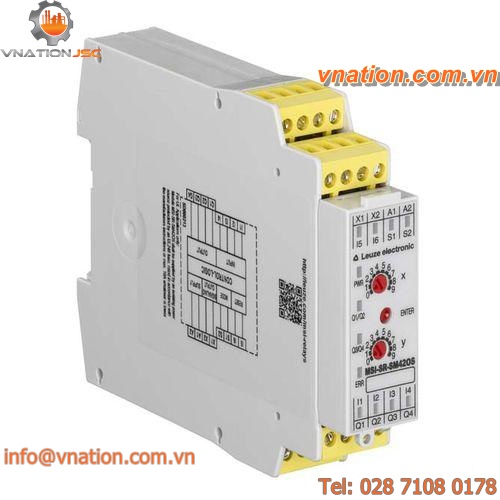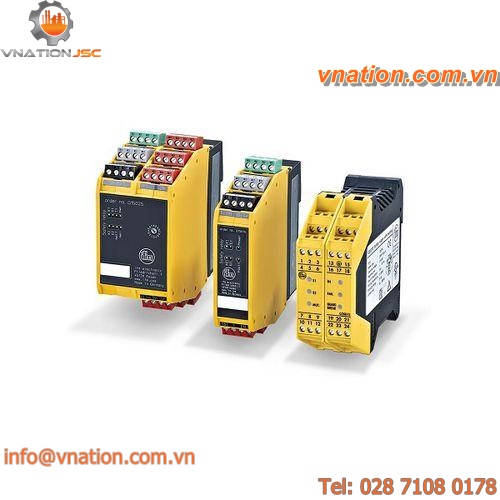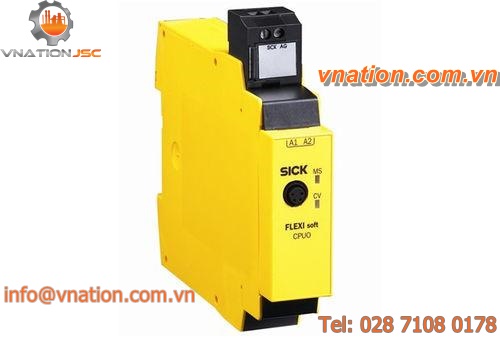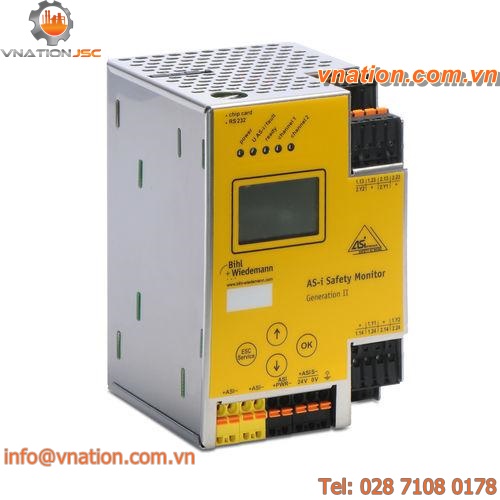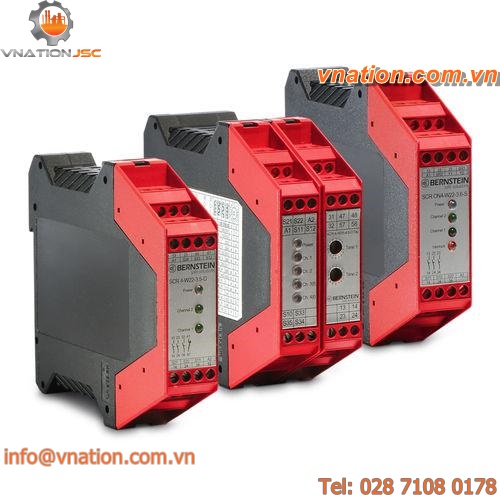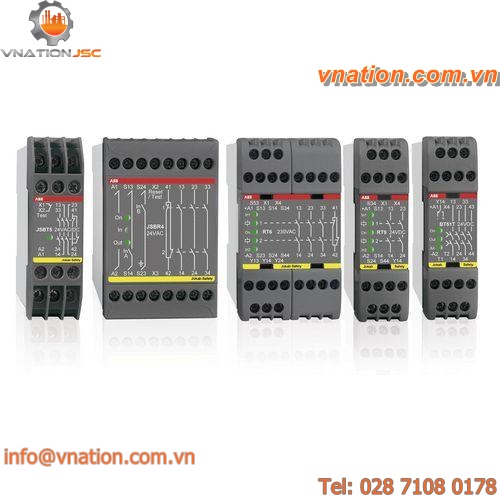 feeder controller
feeder controller
AD-4826
Vnation JSC

Model predictive control is a method of process control to determine a manipulated variable that enables a process variable to reach a set point by predicting future changes in a process using models of the controlled objects behavior. The internal model is used to predict if any deviation from the set point will occur in the immediate future when process control is continued with the current manipulated variable. If a deviation is predicted, an adjusted manipulated variable is output and sent to the controlled object.
Unlike PID control, which executes a correction after a control deviation occurs, model predictive control predicts a deviation in advance using a model of the systems behavior to enable stable process control while avoiding hunting (unstable movement). The extraordinary advantages of model predictive control include process control stability, disturbance cancellation, improved response to changes, improved set-point-following capability and high tolerance to the influence of changes in a process.
The AD-4826 can perform model predictive control with a screw feeder, circle feeder, table feeder or rotary feeder that has been controlled with PID control (up to 4 feeders can be used with one AD-4826 device).
Please see the AD-4826 catalog for further details.









